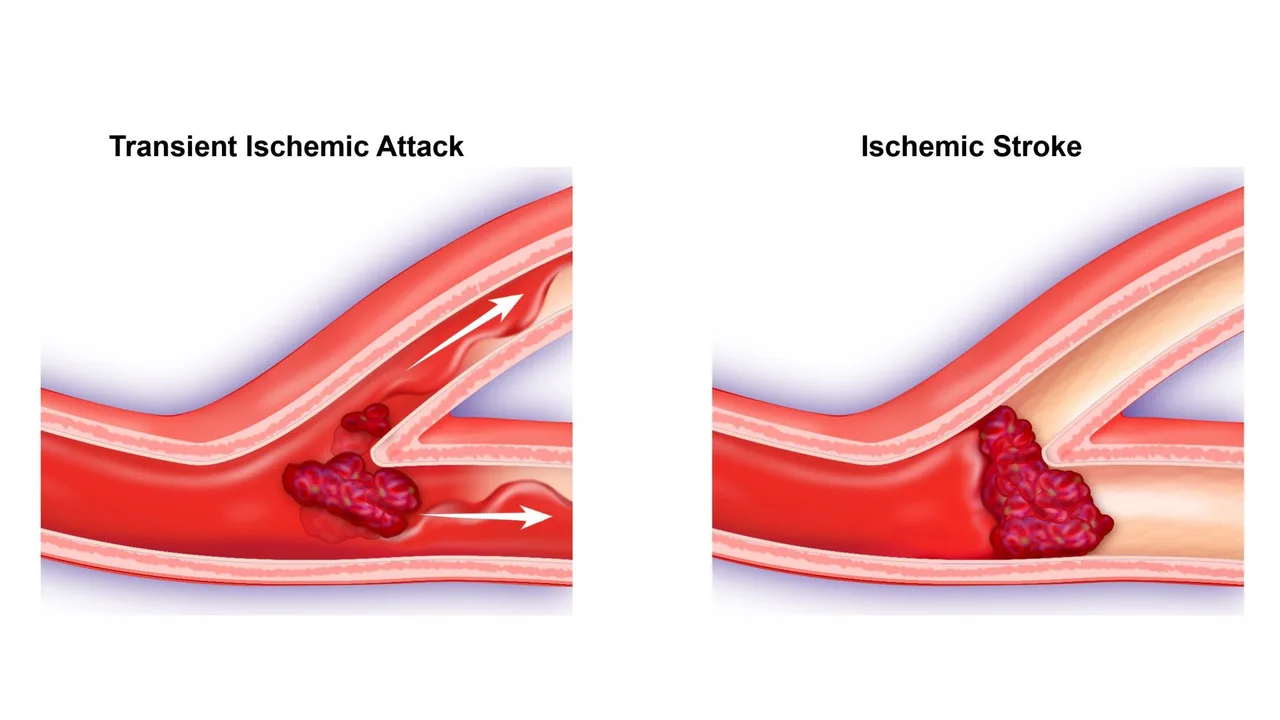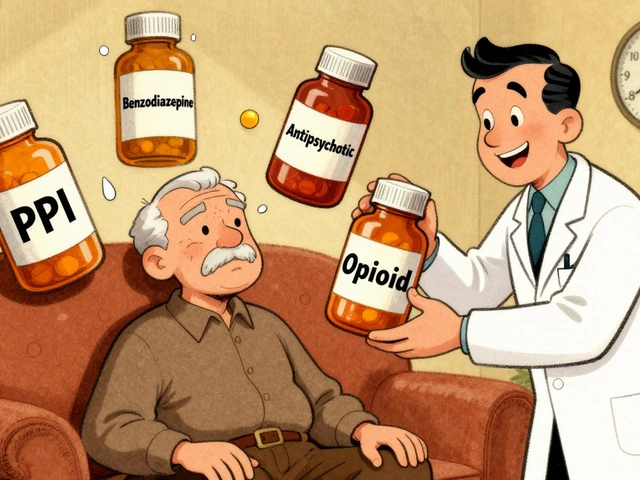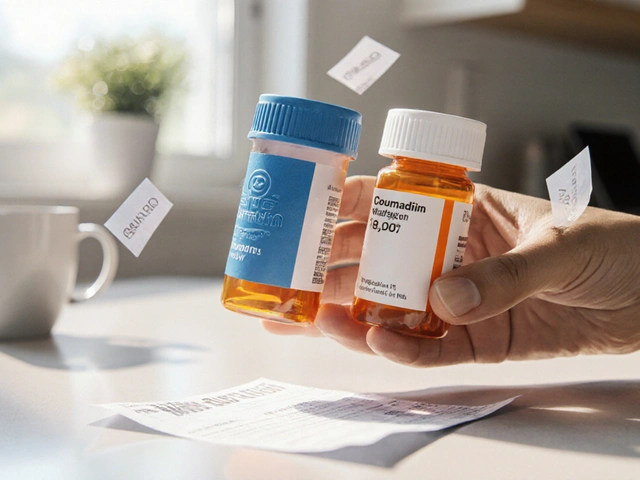Transient Ischemic Attack and Diabetes: What You Need to Know (November 2023)
Ever wonder why people with diabetes sometimes experience mini‑strokes? That’s because high blood sugar can mess with the blood vessels that feed the brain. When those vessels get narrowed or clogged, a transient ischemic attack (TIA) – often called a “mini‑stroke” – can happen. A TIA may last only a few minutes, but it’s a serious warning sign that a full‑blown stroke could be on the horizon.
If you’ve been diagnosed with diabetes, paying attention to TIA symptoms can save you a lot of trouble later. The good news is that most of the risk factors are within your control. By understanding how diabetes and TIA are linked, you can take steps to lower your chances of a brain‑related emergency.
How Diabetes Raises TIA Risk
First off, diabetes isn’t just about high blood sugar; it’s a whole‑body problem. It damages the inner lining of blood vessels, a condition doctors call endothelial dysfunction. When that lining is compromised, blood can’t flow smoothly, and tiny clots start to form. Those clots can travel to the brain and cause a brief blockage – that’s a TIA.
Second, many people with diabetes also have high blood pressure or high cholesterol. Those two villains team up with sugar spikes to turn arteries into stiff, unhealthy pipes. The stiffer the pipe, the harder it is for blood to glide through, and the higher the chance of a clot forming.
Third, diabetes often brings inflammation. Inflammation is like a fire that burns the vessel walls, making them even more prone to plaque buildup. Plaque can crack, releasing debris that blocks blood flow for a short time, triggering a TIA.
All these factors mean that a person with diabetes is statistically more likely to have a TIA than someone without the condition. Studies show that the risk can be up to 30% higher, depending on how well blood sugar is managed.
Practical Steps to Lower Your Chances
Now that you know why the link exists, let’s talk about what you can actually do. The first move is to keep your A1C level in the target range your doctor recommends. Lowering average blood sugar reduces vessel damage and cuts down inflammation.
Second, watch your blood pressure. Aim for under 130/80 mmHg unless your doctor says otherwise. Even a small reduction can make a big difference for your brain’s blood supply.
Third, get cholesterol under control. Statins or natural approaches like a Mediterranean‑style diet can shrink plaque and keep arteries flexible.
Fourth, stay active. Regular exercise—like brisk walking, cycling, or swimming—helps your body use sugar more efficiently and improves circulation. Aim for at least 150 minutes a week.
Fifth, quit smoking if you smoke. Tobacco speeds up arterial damage and raises clot risk dramatically.
Finally, stay on top of your medication schedule. Skipping doses or taking the wrong amount can cause sudden spikes that hurt your vessels.
Besides these steps, keep an eye on TIA warning signs: sudden numbness on one side of the face, trouble speaking, brief vision loss, or a sudden dizziness. If any of these happen, even for a few minutes, treat it as an emergency and call 911. Early treatment can prevent a full stroke.
Bottom line: diabetes and TIA are linked through blood‑vessel damage, high pressure, cholesterol, and inflammation. But you have tools to break that chain. By managing sugar, blood pressure, cholesterol, staying active, and not smoking, you give yourself a better shot at a healthier brain.
We’ll keep updating you with the latest tips and research, so check back for more practical health guides. Your brain deserves the same care you give your heart and muscles—let’s protect it together.





